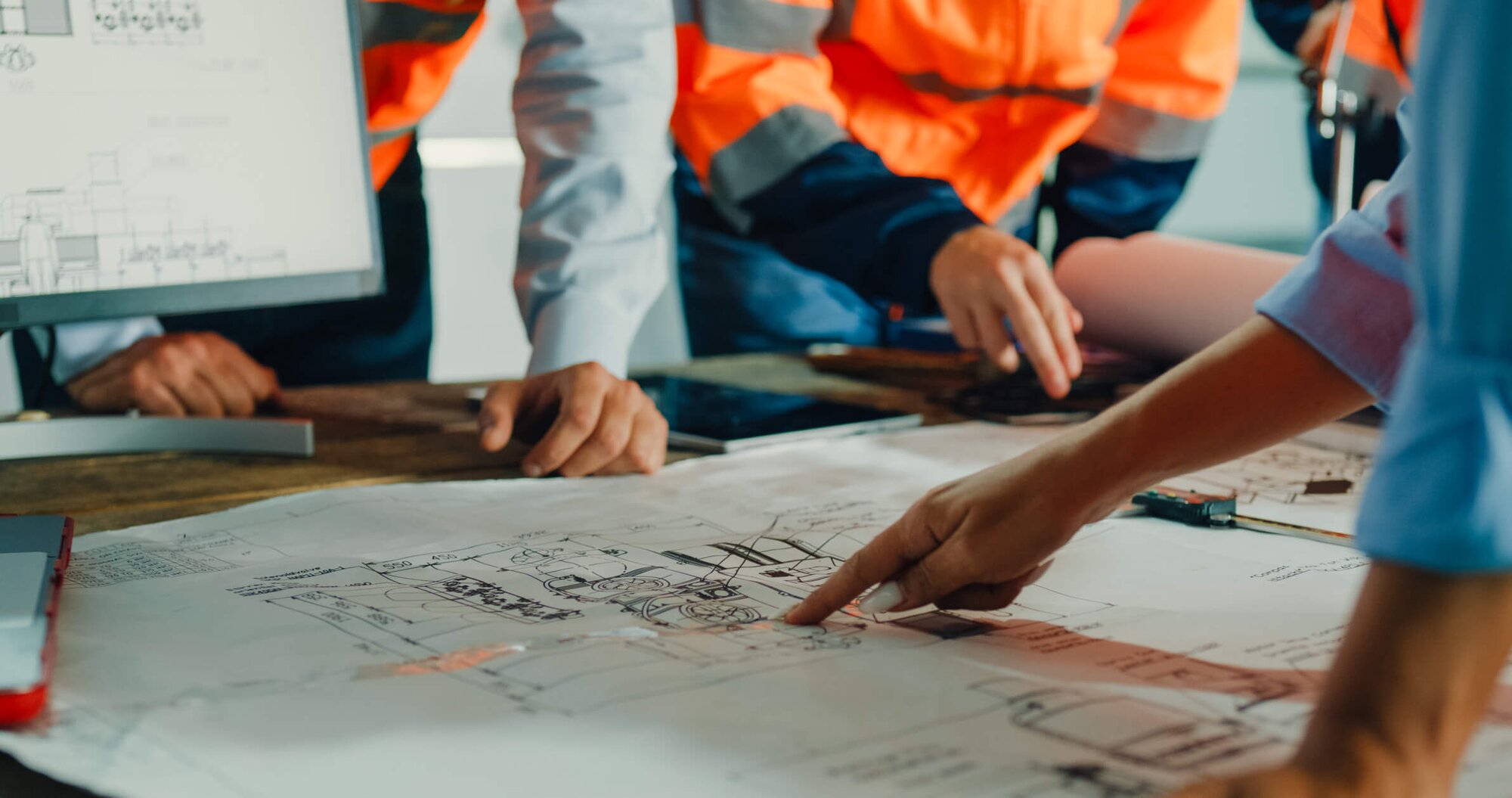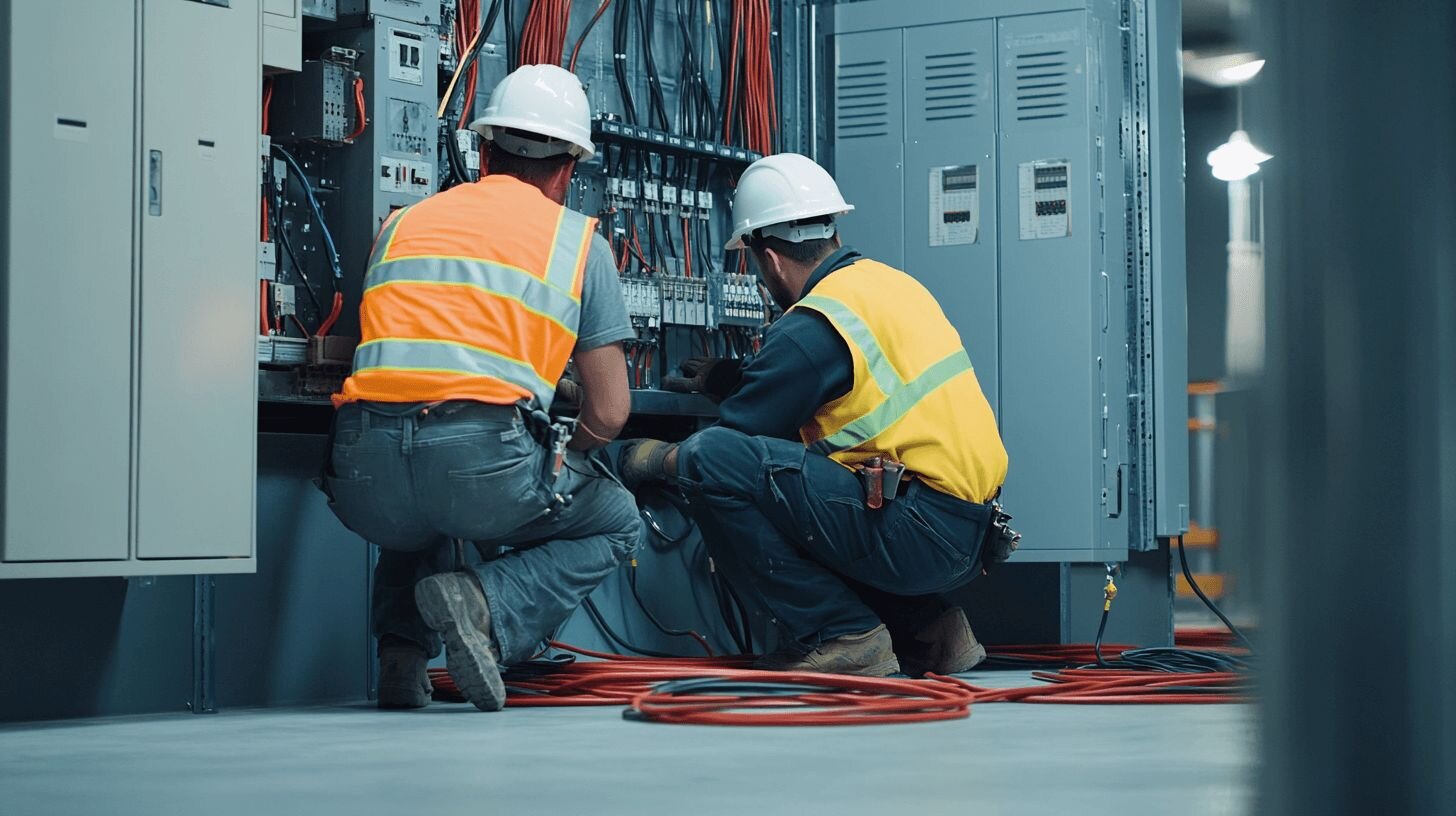Technology evolves at a breakneck pace, impacting your business in ways that you might not immediately recognize.
The introduction of AI leadership roles and the outdated technology still in use are two critical areas that deserve a closer look for any construction firm aiming to stay ahead.
The Rise of AI Leadership in Construction
The integration of AI into the construction sector is no longer just about operational tools and software. It’s increasingly about strategic leadership—specifically, the emergency of the Chief AI Officer (CAIO).
This AI executive is not just a tech expert but a strategic leader who aligns AI with your company’s long-term goals. The CAIO oversees AI governance, manages risks associated with AI deployment, and ensures transparency in its applications. This role has become more common as larger construction companies recognize the need for AI strategies that not only support but enhance core business functions and project outcomes.
However, not every company needs a CAIO.
For many, senior or vice presidents of AI who report to the CIO or CTO are sufficient. These leaders focus on integrating AI technology that can, for example, improve job site safety protocols through predictive analytics or optimize supply chain logistics.
This tailored approach ensures that AI tools are not just adopted but are effectively contributing to the company’s strategic objectives.
The Cost of Clinging to Outdated Technology
While AI represents the frontier of technology adoption in construction, an equally significant issue is the prevalent use of outdated technology.
Legacy systems—cumbersome and disjointed—can create a “tech debt” that many firms struggle to repay. This debt is not just financial; it includes the cost of lost opportunities and reduced competitiveness due to inefficiencies.
Inspired by larger corporations like Citigroup, which retired 400 legacy applications to streamline operations and reduce costs, construction companies too can benefit from evaluating their tech stacks.
Simplifying these can lead to substantial cost savings and operational efficiencies. Regular software audits help identify and eliminate redundant systems, ensuring every tool supports operational agility and financial health.
Why These Changes Matter
The strategic incorporation of AI leadership and the proactive management of tech stacks are more than just upgrades—they are necessary adaptations to the modern digital landscape in construction.
These changes can dramatically improve how projects are managed, enhance safety measures, and optimize resource use, all of which contribute to a stronger bottom line.
For construction businesses, understanding and adapting to the technological changes is not an option but a necessity. The roles of AI executives and the strategies for managing legacy software are crucial in navigating this complex, tech-driven environment. By addressing these areas, companies not only enhance their operational efficiency but also better position themselves for future challenges and opportunities in the construction industry.



